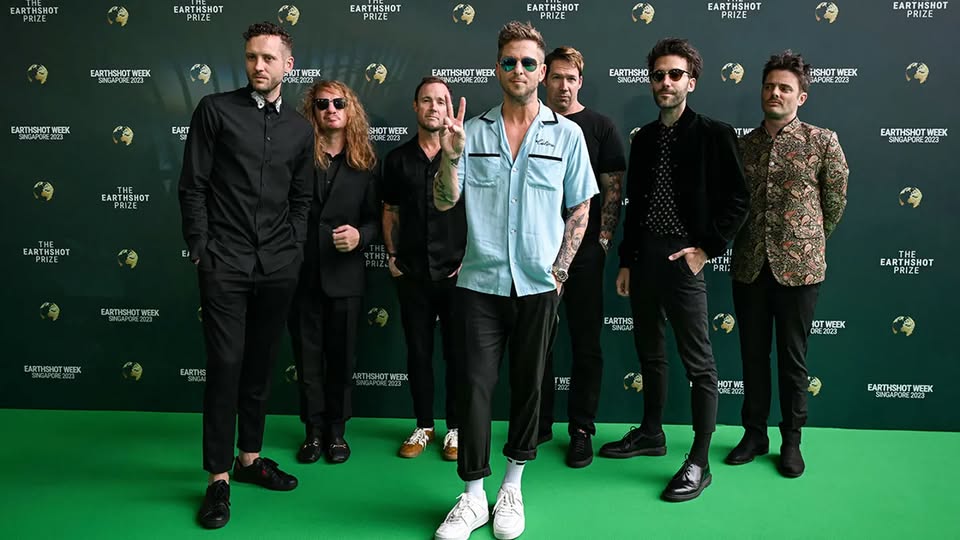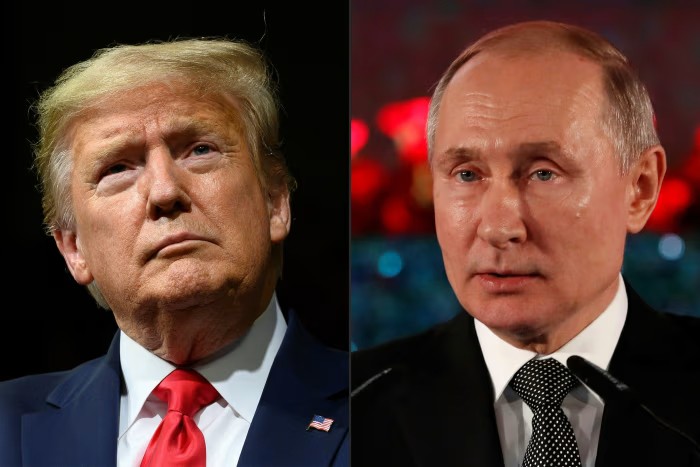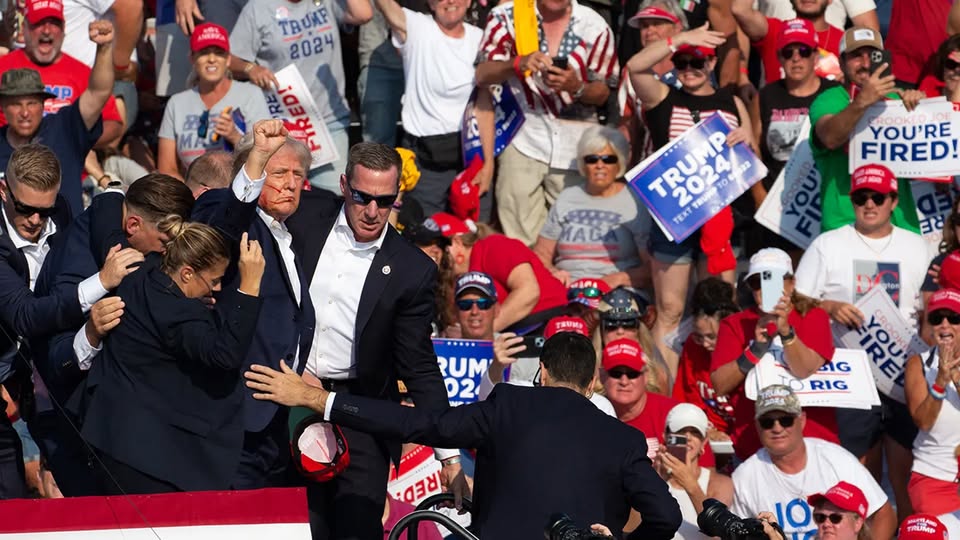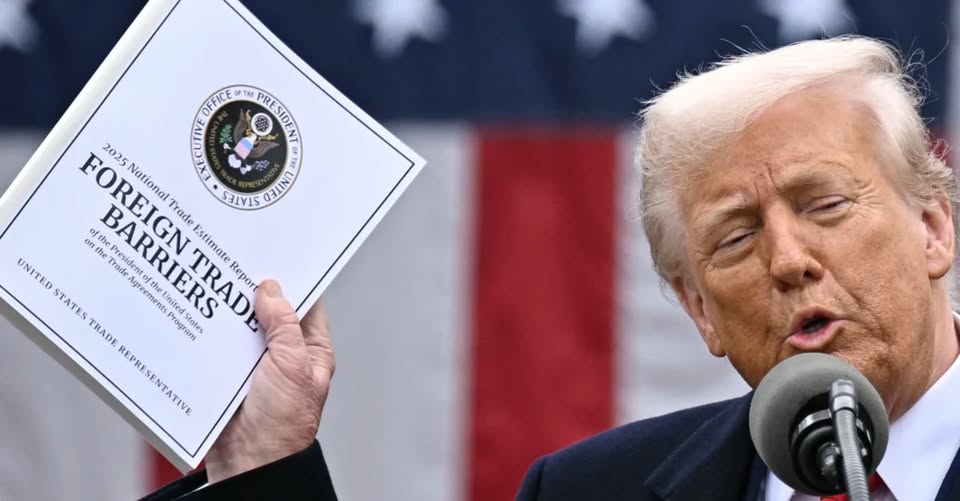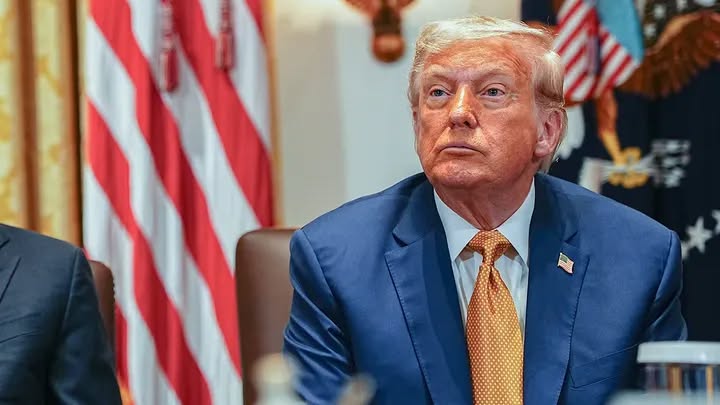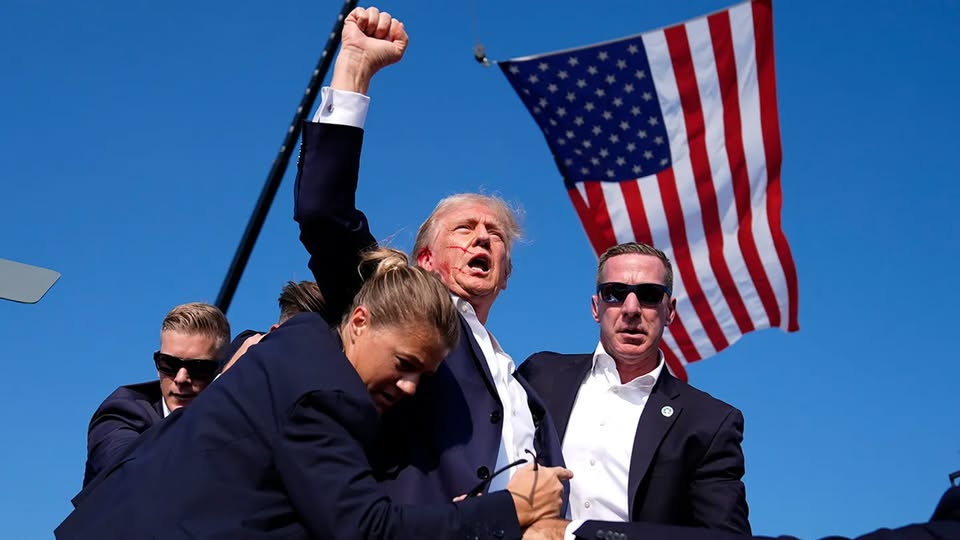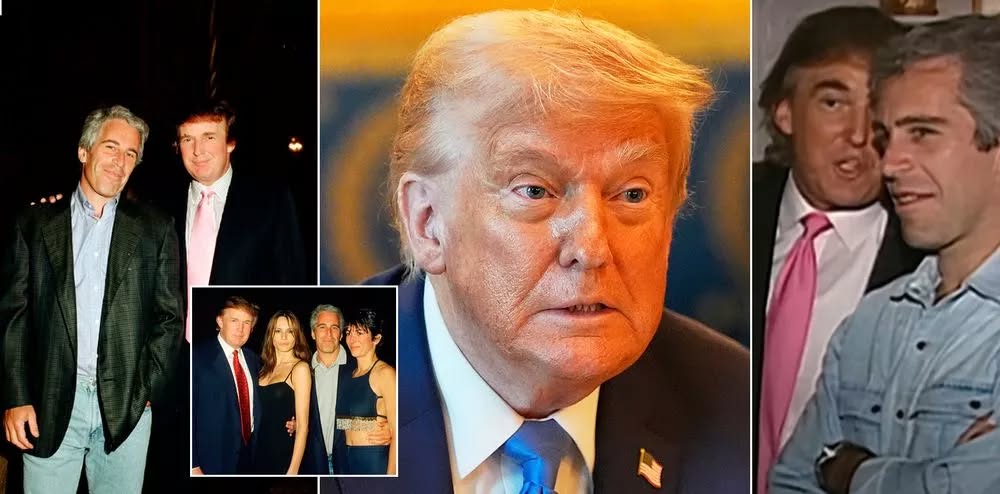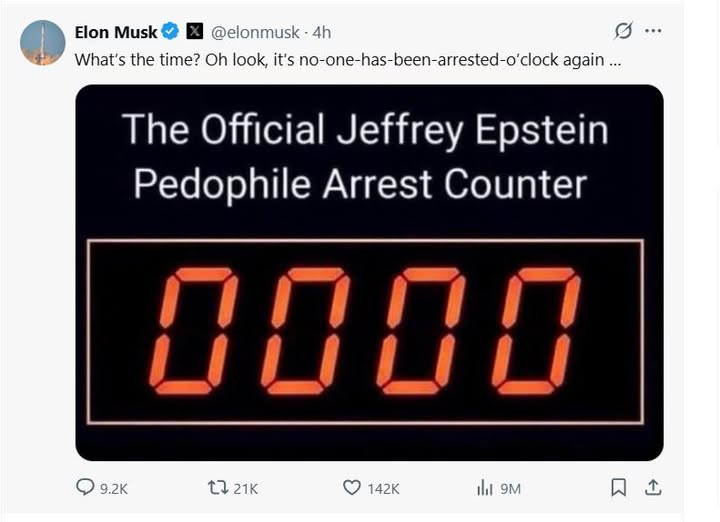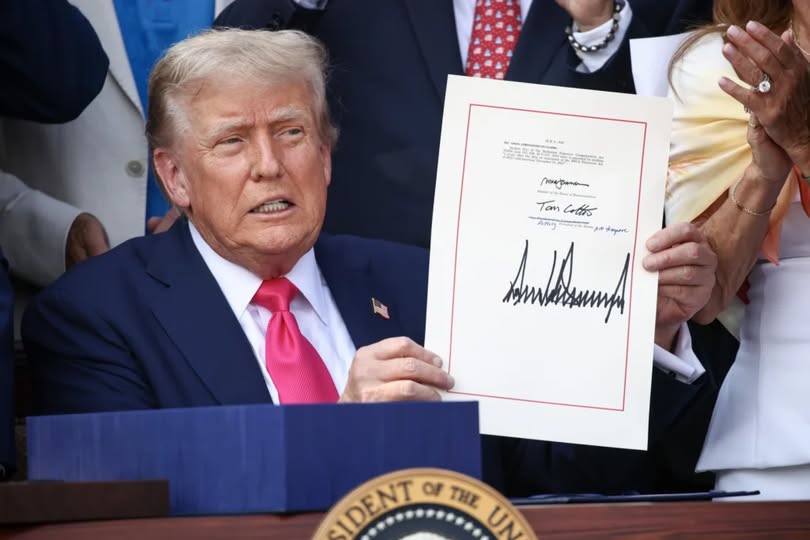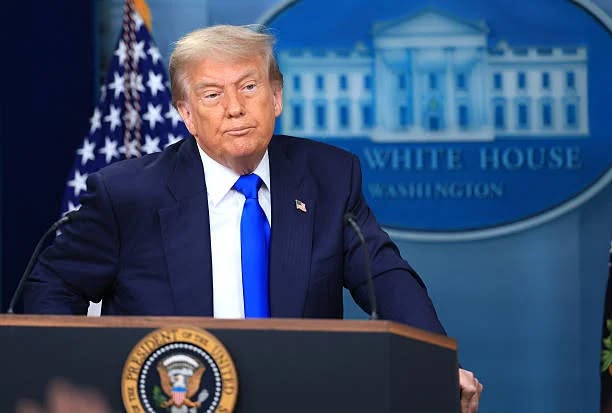Tim Myers, co-founder of OneRepublic, steps into the political arena as he campaigns for California's lieutenant governor. Driven by political discontent, he aims to address critical issues like homelessness and crime, highlighting the impact of former President Trump's policies. Myers emphasizes the need for genuine change and civic engagement, positioning himself as a relatable candidate for Californians grappling with economic challenges.
This article discusses former President Trump's controversial comments regarding his income and U.S. aid to Ukraine during an interview. It examines the implications of comparing financial success to humanitarian aid, delves into the complexities of international relations, and considers public reactions to his statements.
This article discusses the alarming failures of the Secret Service in protecting former President Donald Trump during assassination attempts, including a tragic incident in Butler, Pennsylvania, where a local firefighter lost his life. It examines accountability measures, operational flaws, and the ongoing debates about security effectiveness.
As Trump's proposed tariffs loom, rising prices are imminent for various essential products. This article outlines five key items—tech products, furniture, textiles, food, and home appliances—that consumers should purchase before price increases occur.
The article examines President Trump's announcement of a 50% tariff on copper imports, exploring the potential economic impacts, emotional implications for American families, and the broader context of trade policy. It raises questions about the benefits and risks of such a tariff in protecting jobs versus the possibility of escalating trade tensions and increasing prices for consumers.
Salena Zito's 'Butler: The Untold Story of the Near Assassination of Donald Trump and the Fight for America's Heartland' offers an insightful exploration of a critical moment during a Trump rally. With dramatic details, Zito reflects on the chaos that ensued during an assassination attempt, examining its impact on the political landscape and the emotions of those present, including moments of heroism and resilience. Her narrative prompts readers to consider the deeper implications of political violence and the importance of understanding and engagement in America's evolving political discourse.
The article explores the increasing tension surrounding Donald Trump as he fears potential revelations from Ghislaine Maxwell, currently imprisoned and known for her ties to Jeffrey Epstein. It delves into Trump's past connections with Epstein, the implications of Maxwell's silence, and the ongoing scrutiny of their relationships. The potential impact of Maxwell's revelations on Trump's public image and political future is examined, raising questions about innocence and complicity in a scandal that continues to unfold.
The article explores Elon Musk's provocative comments regarding Trump and the Jeffrey Epstein affair, highlighting issues of accountability and the role of social media in shaping political discourse. Musk's observation on the lack of arrests related to Epstein has sparked renewed debates about trust in public figures and the quest for transparency in high-profile scandals.
The article discusses the controversial bill signed by Trump that claims to benefit Social Security, examining its implications and the mixed reactions from experts and lawmakers. It scrutinizes the assertions made by the Social Security Administration and raises questions about government transparency and the real effects on senior citizens.
This article explores the significant drop in Trump's approval ratings among Generation Z as seen in recent polls. It discusses political polarization, the impact of protests, and the generational divide in leadership expectations, highlighting the need for leaders to connect authentically with younger voters.
